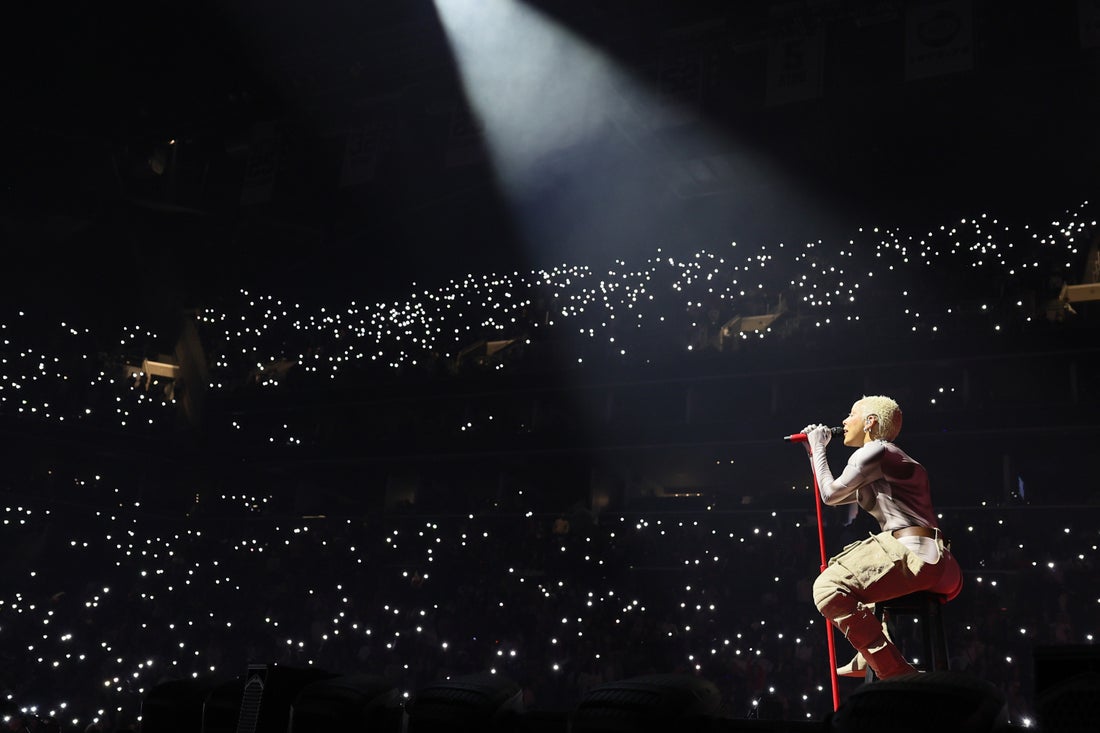America has a problem, and it isn’t one we think about much. It’s an issue that exposes us to tragedy, to unspeakable horrors and brutal injustice on the daily. We fall prey to a trap meant to make us overwhelmed, fearful and hopeless.
In the 24-hour news cycle, every awful event is sensationalized and broadcasted across every single screen imaginable, forcing us to pay attention. Major news outlets play to their audiences, tailoring the language used in articles and on television to garner even more attention, even if it has a harmful effect.
Pushing these stories is often facilitated by misinformation, or even “rage bait,” the purposeful release of content that is meant to provoke anger and attention. There’s money in suffering—and the 24-hour news cycle is a prime example, as massive companies such as CNN, Fox and MSBC spin the population’s fears into millions. Although these stories have a short shelf-life, our emotional reactions are long lived and are constantly being reinvoked by the next terrible story we see.
In our current era, news reporting has begun to move away from previously set standards of accuracy, depth and relevance. Now, the media is saturated with sloppy reporting, obscene levels of opinion-based content, and surface level information.
When covering news-worthy events, many of which are deeply disturbing, it seems like there is little expectation that these stories will incorporate every little bit of truth. Omitting key facts is not just deceptive and apathetic, it is unreasonable and unfair to the outlet’s audience and the greater population.
In the wake of mass tragedies, which have become commonplace in America, the 24-hour news cycle churns out thousands of articles, television segments and even social media posts that the average person is unable to avoid. Many news companies, especially online ones, provide a simplistic or even incomplete analysis of each event, which results in their audiences drawing their own conclusions.
A clever headline captures one’s attention, and the so-called reporting that follows hardly meets any understood journalistic standards. Taking what little knowledge that is provided, we become afraid, not simply because we know what depravity humans are capable of, but also since we do not have the full picture.
The 24-hour news cycle is meant to keep us terrified because anxiety is what keeps engagement high and revenue consistent. There is nothing more insidious than the consequences of this constant, intentional bombardment of violence and death.
In a way, tragedies have become temporary due to the brief explosion of reporting following their occurrence. When the next horror occurs, news outlets move on, leaving incomplete stories behind and those who are affected by them forgotten. But we are still haunted by what the media has labeled as the past, or as “old news” because it truly is not—it lives on within our minds and hearts. America is scared, and since fear is so incredibly profitable, the possibility of feeling hopeful dwindles each passing day.


















































